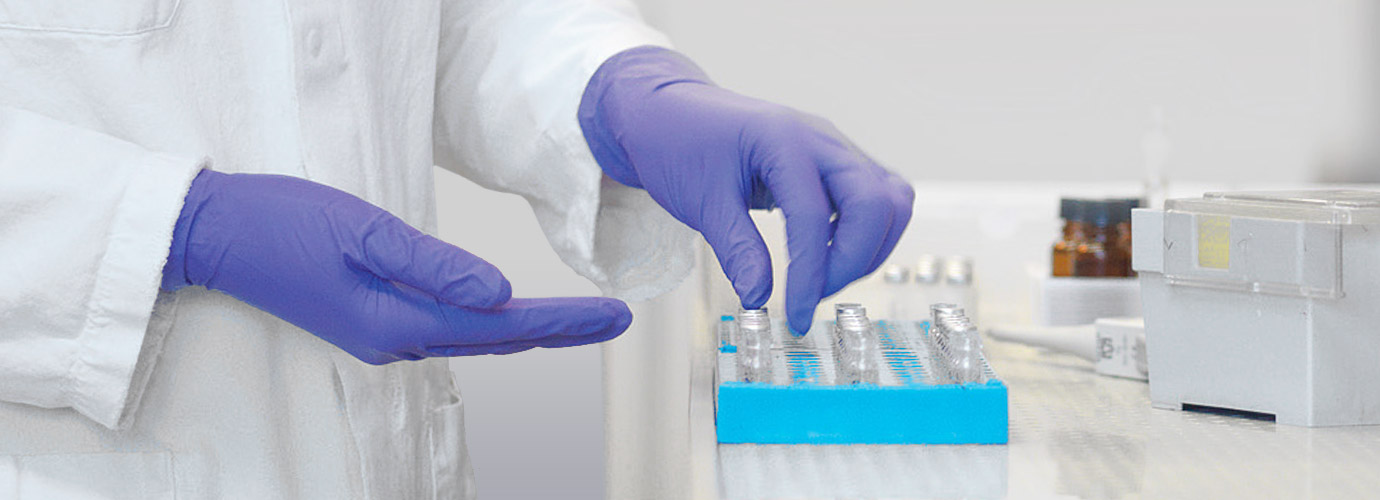Sucking dynamics and drinking amounts are not affected by the use of nipple shields

09.2021
Author Prof. E. Harms, University Department of Pediatrics Münster
Nipple shields may reduce nipple pain during breastfeeding. The concern is that they might possibly make sucking more difficult for the infant and thus reduce the drinking amount.
An Australian research group has analysed in detail the sucking dynamics and drinking amounts in infants breastfed with and without a nipple shield [1]. To this end, they looked at two groups of infants aged 6 to 8 weeks – a group with 20 mother-infant pairs with breastfeeding difficulties due to nipple pain and a comparison group with 28 mother-infant pairs without such problems. The nipple shield use was randomised among all mother-infant pairs. They then measured intra-oral vacuum, feeding duration and milk transfer during a breastfeeding session.
Results: In both groups, the intra-oral baseline and peak vacuum were not affected by the use of nipple shields. Milk transfer with and without a nipple shield as well as the associated percentage of available milk removed were the same in the pain group and lower in the comparison group (possibly due to lack of experience in using nipple shields?). The sucking volume increases by 1.1 ml with every 10 mmHg increase of the peak vacuum. The feeding duration per breastfeeding session tends to be prolonged by the use of a nipple shield (not significant).
Reference:
[1] Coentro VS, Perrella SL, Lai CT et al. Nipple shield use does not impact sucking dynamics in breastfeeding infants of mothers with nipple pain. Eur J Pediatr 2021;180:1537–1543.


